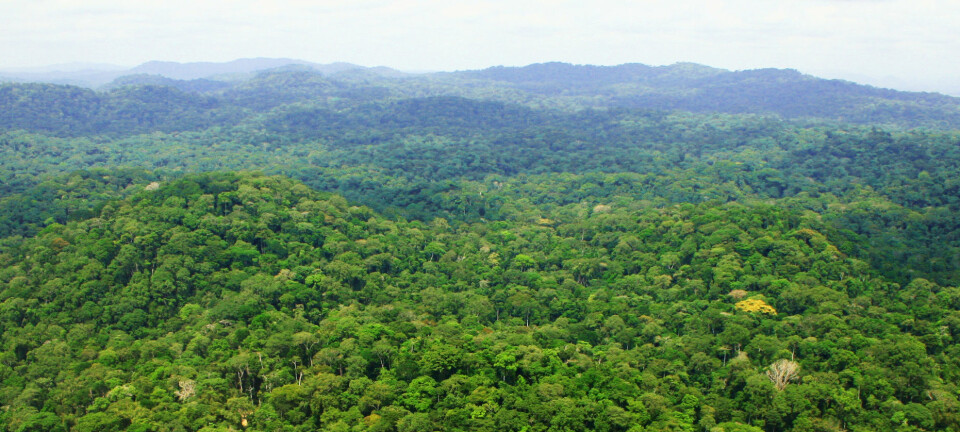This article is produced and financed by the Norwegian University of Life Sciences (NMBU) - read more
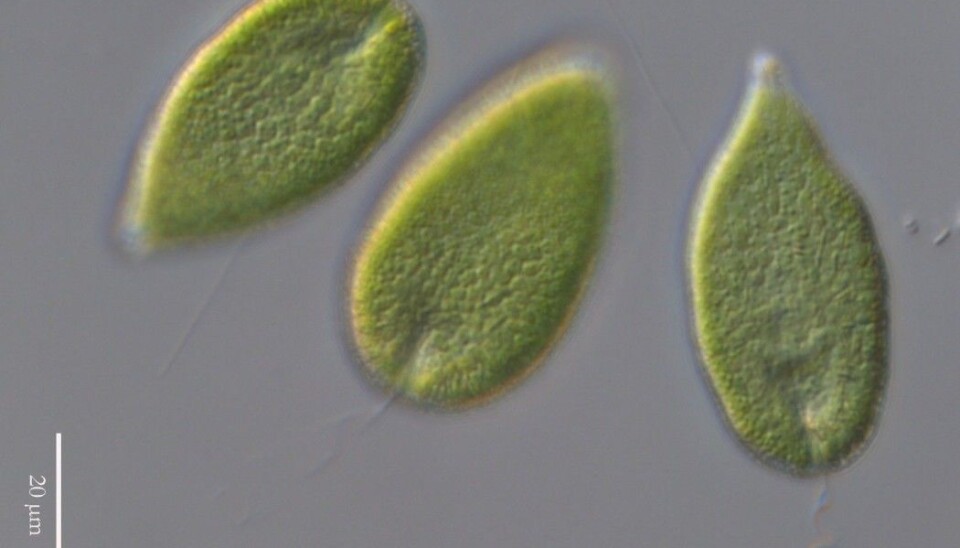
Lake Detective: The hunt for the lakes of the past
Algae blooms in lakes are a common sight, especially in summer. The Norwegian University of Life Sciences is digging into the past to find out if climate change and human activities affect the occurrence of algae in lakes.
Have you ever wandered along a lake on a hot summer's day ready for a swim, only to discover that the water is bright green and full of algae? Or jumped into the water for a refreshing dip and got out of the water to find your skin coated in something slimy that itches?
"Blooms of algae in lakes can create problems and disease in both humans and animals," says PhD candidate Camilla Hagman at NMBU - The Norwegian University of Life Sciences in Norway.
Her research shows that the current environment in and around lakes leads to more frequent algal blooms than before.
Big knowledge gaps
But how do we know what is normal and what are extraordinary conditions? Good lake management depends on knowledge. In the history of the lakes there are many big gaps that need to be filled, and this is Hagman’s area of expertise.
In her doctorate, she is digging through the history of several Norwegian lakes, with particular emphasis on the role of algae. She examines how climate change and human activities around lakes affect the occurrence of one select species of algae.
“Much of my job is to find methods that researchers can use to work their way backwards through the history of lakes,” she says.
Natural part of the ecosystem
Algae are different single-celled and multi-celled organisms that live in moist environments. They can be very different in size, appearance and life cycle, but common to all of them is that they have photosynthesis: they can use sunlight to obtain energy.
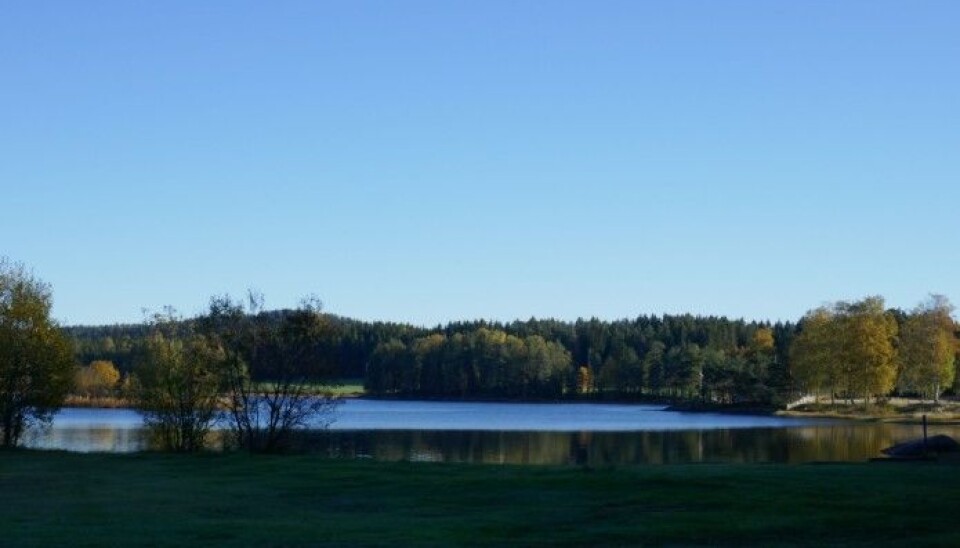
“Most algae are single-celled and thus very small. You need a microscope to see them,” says Hagman.
Algae are natural components of all lakes, and during normal periods, if you go hiking or swimming, you will hardly notice them at all.

But even undetected to the human eye, they are integral parts of lake ecosystems.
“They are at the bottom of the food chain and are therefore food for other organisms. In addition, they produce oxygen.”
However, sometimes environmental conditions become exceptionally favourable, and then the algae may become so many that you can easily see them with the naked eye. A typical sight in such times is bright green belts in lakes on hot summer days.
Scientists' interest in microalgae, and especially algae blooms, has increased in recent decades. This is partly because algae blooms can have major environmental consequences. Some types of algae irritate the skin or give the water a strange colour and taste. Others are toxic and can cause sickness in both animals and humans.
Increasing quantities and locations
Hagman is researching an algae species called Gonyostomum semen. It lives in freshwaters and thrives in brown lakes. This algae is one of those that can cause skin irritation in humans.
“Gonyostomum produces slime and causes particular problems when it occurs in large quantities,” she explains.
When there is a lot of algae, the slime can also clog filters, and thus the algae can affect, for example, drinking water filters.
“Gonyostomum appeared in large quantities in Scandinavian lakes; in the late 1940s in Sweden, and the 1970s in Norway and Finland.”
Since then it has only increased, and scientists continue to discover it in more and more lakes. At the same time, they are scratching their heads. Why do the blooms happen? Is this alga new in Norwegian lakes, or has it been here for a long time, and do the present environmental conditions make it more visible?
"We don't know," she says.
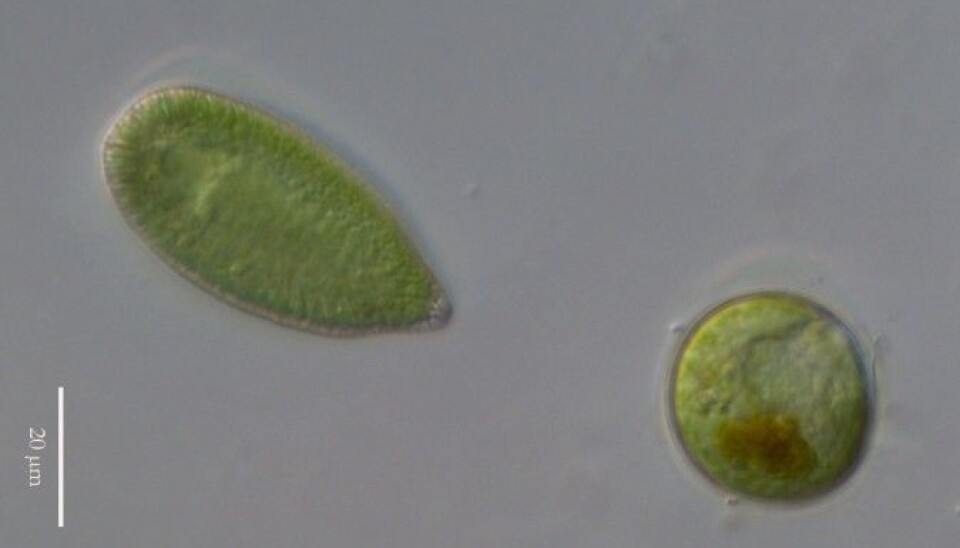
Missing information
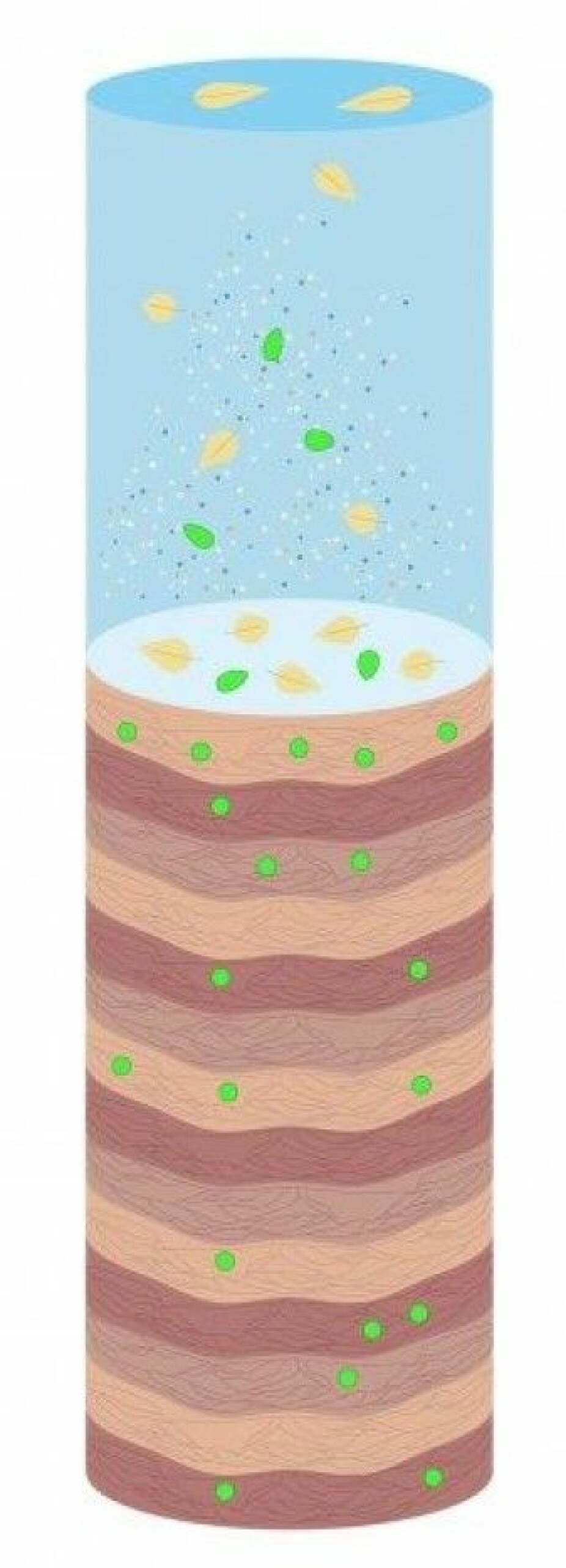
The main challenge to finding the mechanisms behind the blooms is partly due to the lack of long-term data. In Norway, monitoring of algal occurrences started in the 1970s.
“Before that, we have little or no information about what was going on in Norwegian lakes,” Hagman comments.
“Fifty years in this context is a very short time span. Actually, we can't say anything about whether Gonyostomum is a new species for our areas, or whether the numbers are just fluctuating dramatically. Maybe this is perfectly normal?”
Normal or not?
Population fluctuations are not uncommon in nature: one well-known example of this is small rodents and grouse, of which numbers can vary dramatically between years. Maybe this algae species works in the same way?
“If the bloom is completely natural, we should leave the processes of nature at peace. But if, for example, it is a consequence of human activities, it may be another matter.”
“Without knowledge of the mechanisms behind it, it is difficult to know if we should do anything,” she says.
Getting to the bottom of it
Hagman has dug into the history of the Lundeby lake near the town of Mysen in Eastern Norway.
Literally: She has drilled into the bottom of the lake and extracted core samples from it (see figure).
“These columns are like a time capsule,” she explains.
When algae, animals and plants die and decompose, they fall to the sea floor. Together with all the nutrients, pollution and other particles from the lake and surrounding area, they become part of it. As time passes, the lake bottom amasses layers upon layers of old material.
This is nature's own historical archive: the further down into the column you go, the further back in time the algae lived.
What colour?
She has analysed the samples from the lake bottom in the laboratory, where she separated out and identified the colours - the pigments - in them.
One challenge is that some of the pigments are found in many types of algae. It is therefore important to identify exactly which pigment can be used to recognise which algae. Hagman found one pigment that can be used as an indicator of Gonyostomum, the pigment with the name heteroxanthin.
It does not decompose in the sediments and is mainly found only in this algae species in this lake.
“It may be that in other lakes there are other algae that also contain heteroxanthin, although the chances are very low.”
Hagman found less and less amounts of pigment the further down the core she came.
“This is because there were fewer algae before than now.”
The large algal blooms of this species are thus a relatively modern phenomenon. Hagman can therefore conclude that the pigment can be used to trace Gonyostomum back in time.
From lab to library
To investigate why this alga has suddenly increased in numbers in recent years, Hagman has expanded her research to include several other lakes, including Skjeklesjøen in Rakkestad municipality, about 30 kilometers South of Lundebyvann.
While in Lundebyvann she dug into the bottom of the lake, for Skjeklesjøen she has researched both the lake bottom and historical archives.
She has been scouring local historical sources to find information about the environmental conditions around the lake in the past.
“One day I take water samples from lakes. The next I am in the laboratory and analyse them, and on the third I look for old maps in historical book collections.
“My doctorate is a nice combination of science and history,” she says.
“I have browsed many volumes of local history books, and many editions of agricultural surveys from Statistics Norway from the early 1900s.”
Past agriculture and forestry
In addition to written sources, she has also spoken to local farmers, hunting and fishing organisations and the retirees associated with the historical book collection at the public library.
In these conversations, she has gained important knowledge about past agriculture and forestry in the area. Farming, hunting and fishing are activities that may have affected the lake's environmental conditions.
“Typical examples of information that have emerged are a lack of sewerage facilities on the properties, or emissions from agriculture and forestry and dam work in relation to containing streams and/or ponds.”
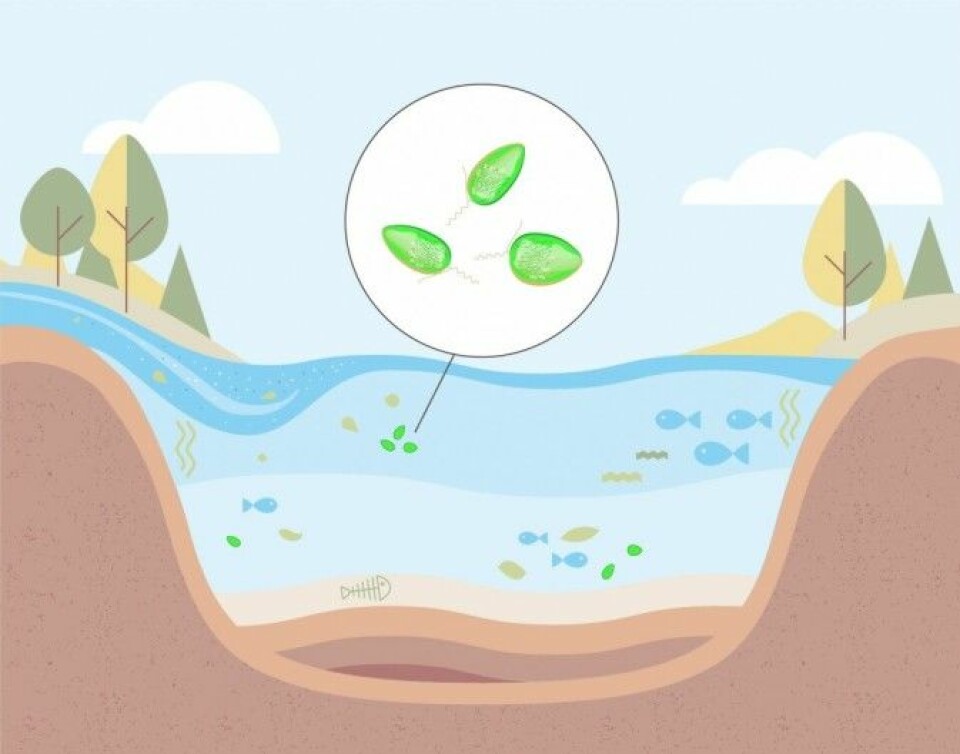
What are the crucial factors?
Now the pieces of the knowledge puzzle will be put together; the next step in the project is to combine the method with the pigment heteroxanthin, with knowledge of local conditions back in time.
“I will now investigate whether these changes around the lakes are related to the increase in the number of algae,” she says.
There are many factors that play a role, from very small local activities, to major, worldwide changes.
“It will be exciting to find out what really matters,” she says
“Is it the small, local activities we do, climate change, or perhaps the interaction between them?”
Reference:
Hagman et al. 2020. Heteroxanthin as a pigment biomarker for Gonyostomum semen (Raphidophyceae).
DOI: https://doi.org/10.1371/journal.pone.0226650










